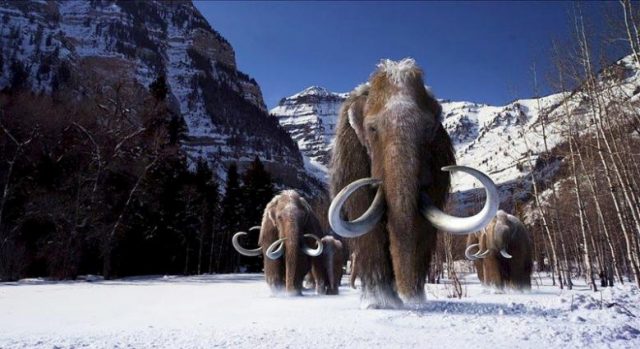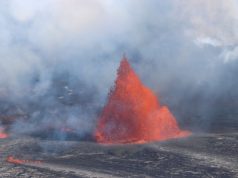
WELLINGTON, NEW ZEALAND | A New Zealand biologist believed the effort to “resurrect” extinct species through gene editing should focus on recently extinct ones instead of ancient ones like woolly mammoth.
“When we are talking about de-extinction, we are not talking about sci-fi,” Professor Philip Seddon, a conservation biologist of University of Otago, New Zealand said in a newly published special issue of Functional Ecology.
“The resurrection of vanished species — through cutting-edge technologies such as gene-editing — should be targeted toward recently extinct species rather than ancient ones,” he said.
The biologist of the university’s department of zoology suggested that long-gone species such as the woolly mammoth would not be the best focus for de-extinction efforts.
Ecologists have been taking a closer look at the science behind de-extinction and discussed how to decide which species to resurrect.
Seddon said the prospect of resurrecting species through cloning or genetic reconstruction through tools has caught the imagination of scientists and the public alike.
“However, while the idea of resurrecting mammoths, for example, might hold a wow-factor’ appeal, efforts would likely be better directed instead towards species where the conservation benefits are clearer,” he says.
“The ecological niches in which mammoths – or moa for instance – once lived, no longer exist in any meaningful way. If we were to bring such species back, apart from just as scientific curios, these animals would likely be inherently maladapted to our modern eco-systems,” he added.
He advocated for using cloning techniques to re-establish proxies’ of species that have recently become extinct should be the focus, along with determined efforts to prevent endangered species dying out in the first place, he said.
“The money and considerable effort required to resurrect, reintroduce, and manage in the wild, viable populations of once-extinct species means there will inevitably be fewer resources available to manage threats facing the very many species that are currently at risk of dying out, but could still be saved,” he said.









